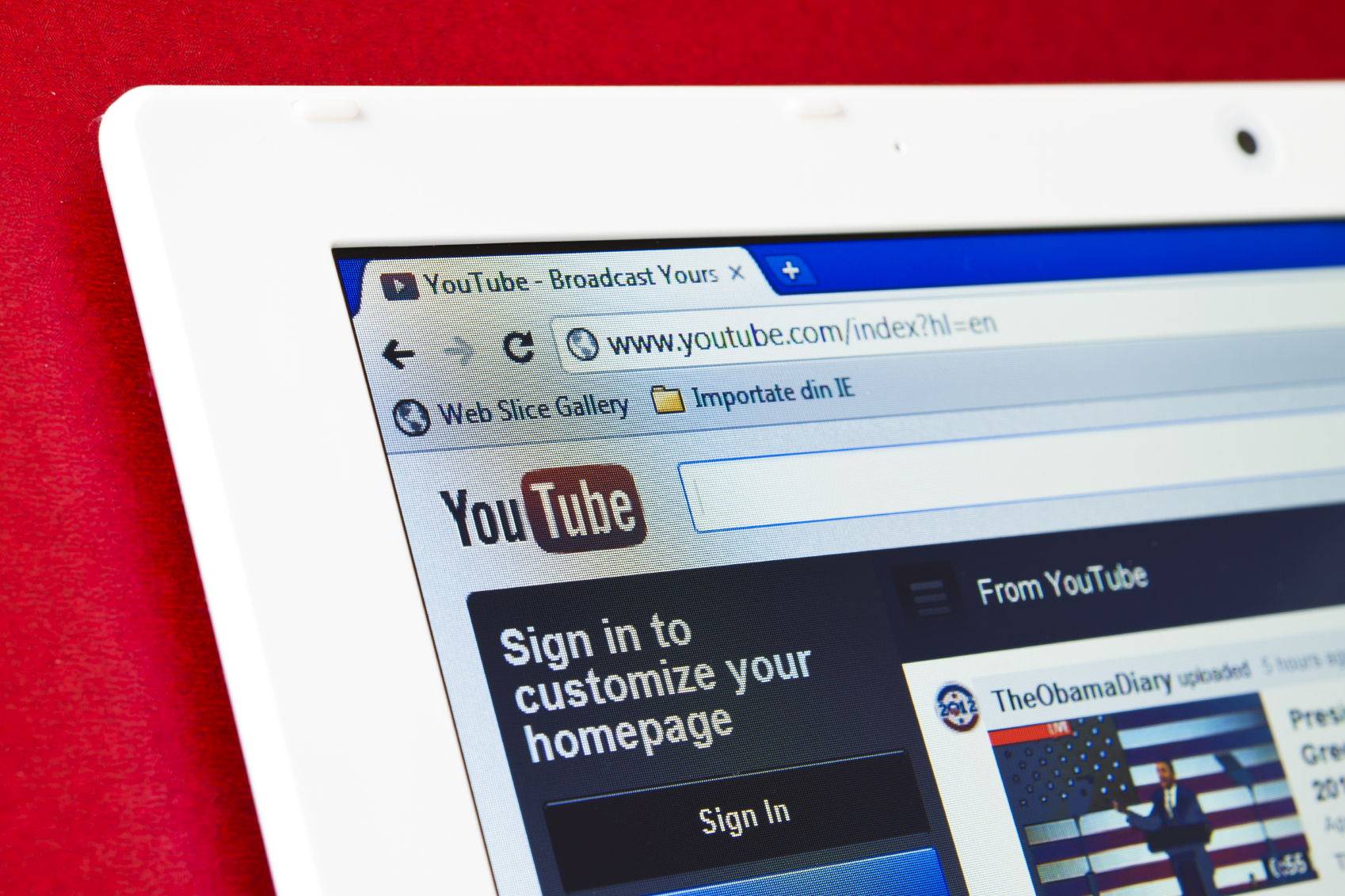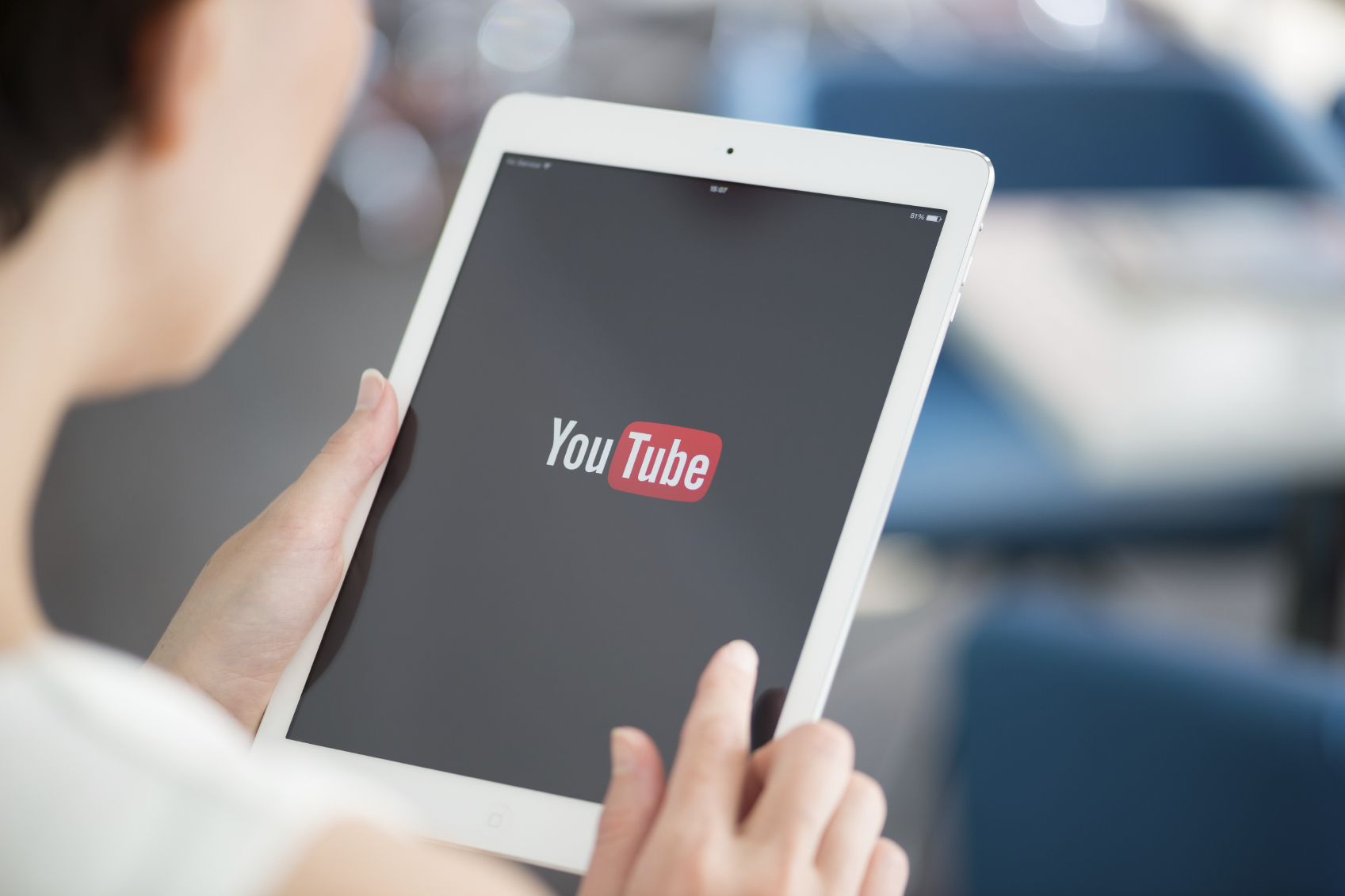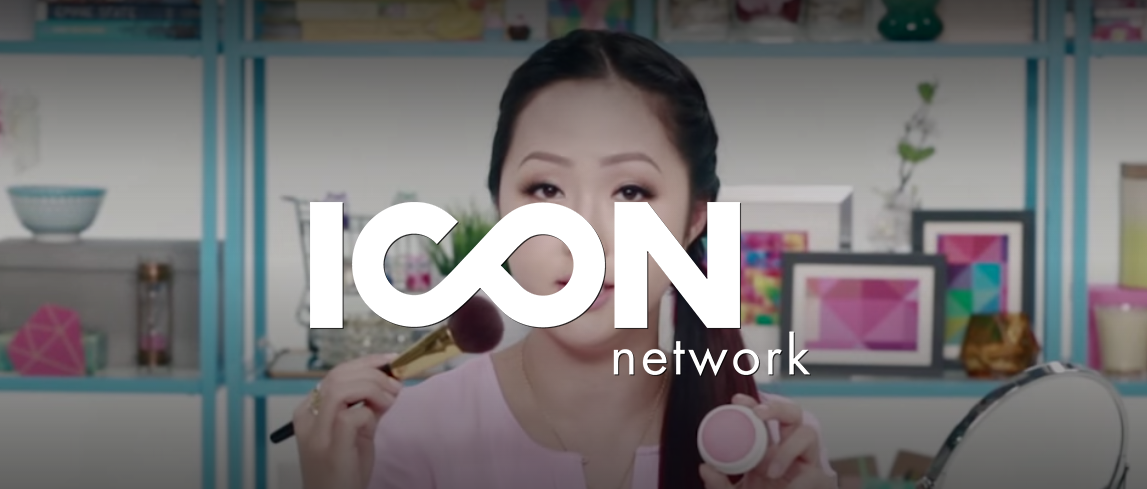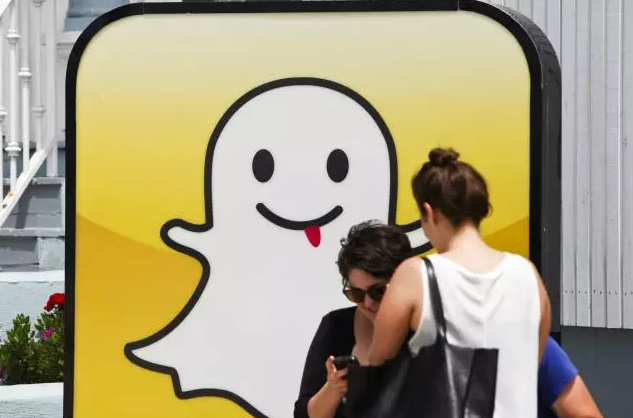Read the original story on: AdWeek
Google announced the new ad format at Wednesday’s Ad:Tech SF meeting that adds “shoppable” elements to YouTube’s pre-roll ads, also known as TrueView ads. Now in some pre-roll ads, viewers will start seeing product offers, complete with prices, images, and a link to the advertiser’s website. Online furniture retailer Wayfair and cosmetics retailer Sephora are among early partners to test this new feature, with both reporting positive feedback. But whether YouTube viewers will click “shop” instead of “skip” is still up for debate and largely depends on the execution.
Overall, the new addition to YouTube came as a part of Google’s recent push for monetization across its platforms. Last week, reports surfaced that Google is planning to add “buy buttons” to its paid search results on mobile devices. Similarly, as part of a new advertising partnership inked last month, the search giant has also tweaked the layout of mobile search results to incorporate real-time updates from Twitter, extending the reach of branded tweets to mobile searchers.






